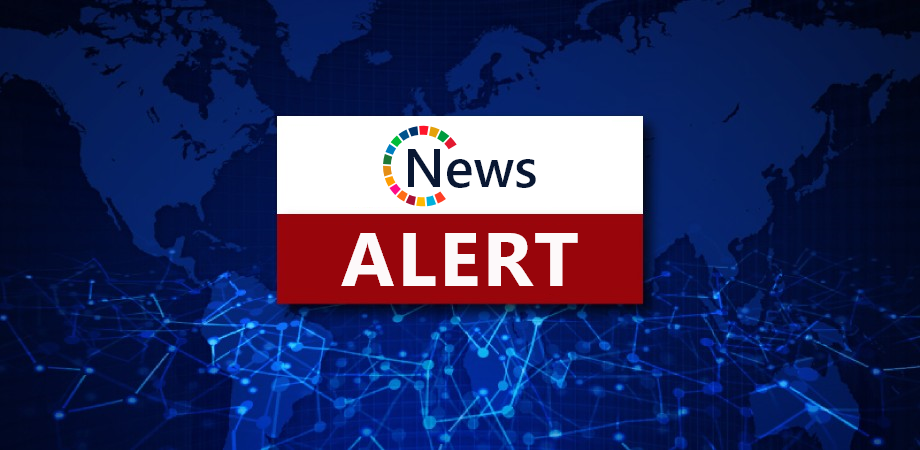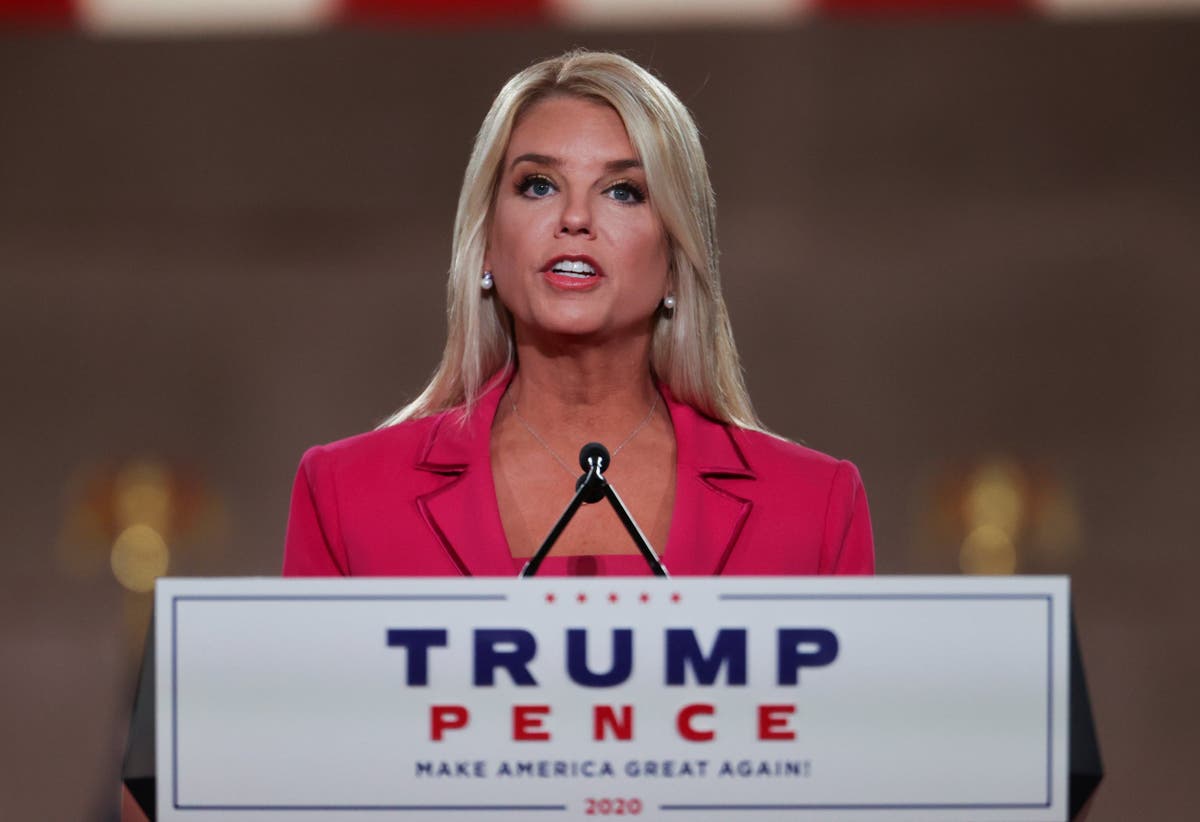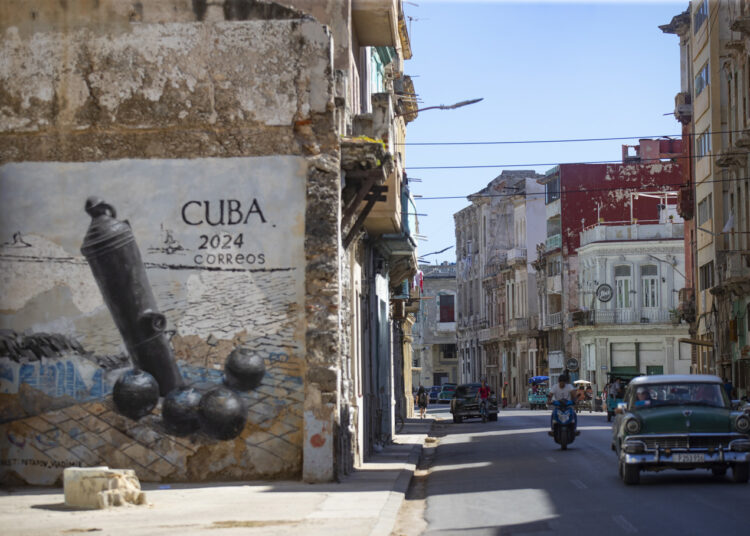
CFP Administration LLC (better known as CFP, short for College Football Playoff) and ESPN signed a $7.8 billion media deal in March that runs for six years. The CFP is a limited liability corporation that serves 10 Football Bowl Subdivision conferences (the Big Ten plus the American Athletic, Atlantic Coast, Big 12, Conference USA, Mid-American, Mountain West, Pac-12, Southeastern and Sun Belt) and Notre Dame.
The CFP’s website reports that university presidents and chancellors from these institutions manage the championship playoffs. Recently, the CFP-ESPN TV deal landed on the radar of sports labor lawyers. While the CFP is not a defendant at this time, its massive TV deal on behalf of FBS conferences contributes to the ongoing fiction that college football players aren’t employees.
But first, let’s review the history of TV in college athletics. The University of Pennsylvania televised the first college football game in 1938. Penn televised games from 1940 through 1950.
Then the NCAA got involved. A three person “television committee” reported to the 1951 NCAA convention that TV harmed attendance at games. This strained school finances to pay for athletic departments and facilities.
From 1952 through 1977, the NCAA TV committee rationed how many times a school could appear on national and regional broadcasts. The NCAA showcased smaller schools with powerhouse football teams. The big schools chafed at this monopoly of televised games.
In 1977, five major football conferences organized the College Football Association. At first, the CFA tried to work within the NCAA to secure more televised games. The NCAA balked at the CFA’s ideas, so the University of Oklahoma — and other schools — sued the NCAA under the Sherman Antitrust Act.
In 1984, the Supreme Court ruled for the schools, stating that “the NCAA television plan, on its face, constitutes a restraint upon the operation of a free market.” This launched the age of conference-based TV contracts. The CFA, Big Ten and Pac-10 competed against each other in selling their games as broadcast packages.
More recently, the power conferences went into the network broadcast business for themselves. That brings us to a key fact about college football TV revenue: Power conferences — not the NCAA — have controlled this money for over 40 years. This financial reality has landed the CFP’s most recent TV deal on the radar of sports labor lawyers.
Looking back from 2016 through the present, the House antitrust settlement uses power conference and NCAA TV revenues to claw back $2.8 billion in name, image and likeness damages for athletes. This case is strictly about allowing athletes to “share in the conferences’ and schools’ commercial benefits received from exploiting student-athletes’ names, images and likenesses.
” This case is not based on the NCAA’s misappropriation of unpaid labor, but rather, the unlawful exploitation of player broadcast NIL. Looking forward — and factoring in $7.8 billion in future football playoff revenue — a different antitrust lawsuit, Fontenot v.
NCAA, exploits three recent developments. First, lawyers for the new case say that the House case centers on NIL, not unpaid labor. Second, the House settlement doesn’t factor in the $7.
8 billion TV deal between the CFP and ESPN, which will generate huge revenues for large athletic programs that don’t pay a dime to athletes for their labor. Indeed, the House settlement strictly prohibits employment of athletes. Third, the Fontenot lawyers use Supreme Court Justice Brett Kavanaugh’s blueprint in NCAA v.
Alston to challenge the NCAA’s price-fixing conspiracy on wages. He said that the “NCAA’s business model would be flatly illegal in almost any other industry in America.” He continued: “Price-fixing labor is price-fixing labor.
” The Fontenot complaint says that “the athletes are not being paid their fair share of this multibillion-dollar revenue ...
even though they — the athletes — through their labor, are the most significant driver of that revenue.” It alleges: “By operating as a cartel, however, Defendants have for decades depressed the compensation paid for the athletes’ labor.” Furthermore, “This case is not about NIL — it is about allowing revenue to be allocated by the free market rather than the restrictive and unlawful rules of a labor cartel that takes advantage of the athletes that are the primary source of its massive income.
” Let’s return now to the CFP-ESPN TV deal that mostly benefits the power conferences. It is entirely outside the House settlement (though the NCAA and power conferences continue to challenge this point). The ironies in it abound, exposing a greedy financial shell game.
The first irony is that this TV deal reflects the intense frustration felt by power conferences who bristled at the NCAA’s monopoly allocation of TV games. The power conferences won their Supreme Court case in 1984, opening the spigot to billions of dollars in football TV revenue that is outside the NCAA’s clutches. In the Fontenot case, the new CFP-ESPN TV deal casts the power conferences as labor-market monopolists who pay nothing for the labor that creates so much value in these playoff games.
A second irony is that the power conferences piled up billions of dollars in revenue over the past 40 years by adhering to the NCAA’s strictures against pay-to-play. Having defeated one NCAA monopolistic practice (allocation of TV games) in the 1980s, the power conferences have shamelessly exploited another NCAA monopolistic practice, fixing labor costs at zero dollars for each football player. A third irony is that the power conferences found a championship vendor — CFP Administration LLC — to organize their football championship event outside the NCAA’s governance.
But now, having moved their TV revenue and its distribution in a clever shell game to CFP Administration LLC, the power conferences’ self-dealing arrangement exposes them to a new antitrust labor complaint. When you string these ironies together, you see why the Fontenot case is moving forward outside the House settlement — a settlement that the power conferences and NCAA intend to end all other antitrust lawsuits. At its core, Fontenot v.
NCAA is about whether the college football players we watch during the playoffs are paid only for NIL, or NIL and their labor, like pro athletes..














